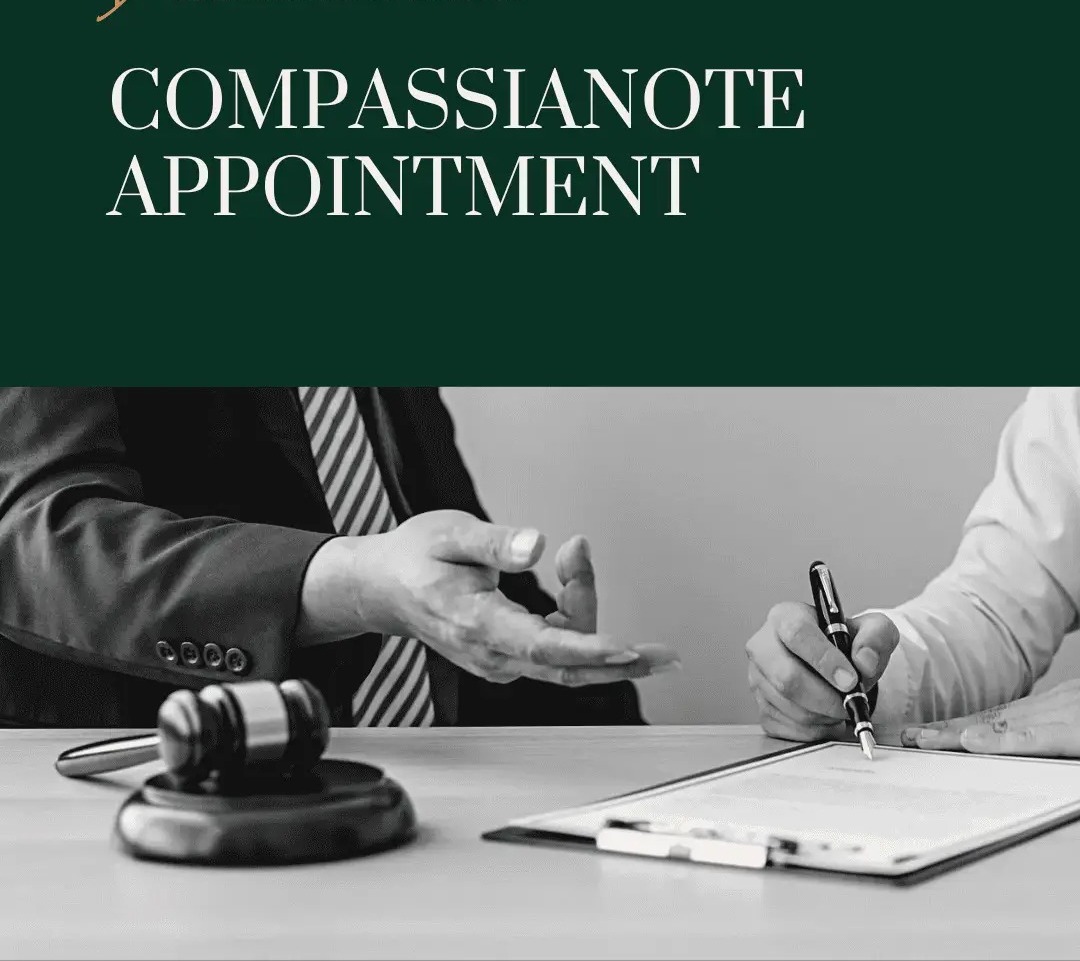S. Siri Jagan, J.@mdashThe appellants are respondents 1 and 2 in O.P (M.V.).No. 644/2002 before the Motor Accidents Claims Tribunal, Palakkad. They are the owner and driver of a power tiller, which was involved in a motor accident on 31.3.2000, in a public road causing injuries to the 1st respondent. The 1st respondent filed the O.P(M.V.). seeking compensation for the injuries suffered by him. The power tiller was insured with the 2nd respondent herein. The Tribunal entered a finding that the accident occurred because of the negligence of the 2nd appellant and awarded compensation of Rs. 56,781/- with interest and costs. But it was held that the insurance company is not liable to indemnify the 1st respondent since the 2nd respondent did not possess a valid driving licence to drive the power tiller on the date of the accident. But the 2nd respondent was directed to pay the compensation amount to the 1st respondent with liberty to recover the said amount from the appellants herein. The appellants are challenging that part of the award, whereby the insurance company has been absolved from liability to indemnify the appellants and was given liberty to recover the compensation amount paid by them to the 1st respondent, from the appellants herein. The contention of the appellants is that power tiller is not a vehicle in Section 10(2) of the Motor Vehicles Act and, therefore, no licence is required to drive a power tiller. In support of the said contention, the appellants rely on the decision of a learned Single Judge of this Court in
2. On the other hand, the learned Standing Counsel for the insurance company would contend that the necessity of obtaining a driving licence to drive a motor vehicle is not governed by Section 10 at all. Section 3 of the Motor Vehicles Act lays down the necessity for a licence to drive a motor vehicle. That section specifically prohibits a person from driving a motor vehicle in a public place unless he holds an effective driving licence issued to him, authorising him to drive the vehicle. Therefore, according the learned Standing Counsel for the insurance company, since power tiller comes within the definition of "motor vehicle" in Section 2(28) of the Motor Vehicles Act, for driving the same, a driving licence issued u/s 3 is mandatory. Admittedly, in this case, on the date of accident, the 2nd appellant did not possess an effective driving licence to drive power tiller. Therefore, the 2nd appellant having driven the power tiller without an effective driving licence, the appellants have violated the policy conditions, consequent to which, the insurance company is entitled to claim exoneration from liability to indemnify the owner of the vehicle in respect of the compensation payable to third parties on account of the accident caused by driving such vehicle negligently, is the contention of the insurance company. It is submitted by the learned Standing Counsel for the 2nd respondent that the decision in Ponnappan''s case (supra) does not lay down the correct law and, therefore, the said decision requires reconsideration. It is submitted that in that decision, the learned Single Judge has categorically found that power tiller is a motor vehicle and that, therefore, registration under the Motor Vehicles Act is necessary. After having held so, the learned Single Judge went wrong in holding that because of the absence of power tiller in the categories of vehicles enumerated in Section 10(2), no licence is necessary to drive a power tiller.
3. We have considered the rival contentions in detail.
4. "motor vehicle" is defined in Section 2(28) of the Motor Vehicles Act, which reads thus:
2. Definitions. - In this Act, unless the context otherwise requires,-
xxx
(28) "motor vehicle" or "vehicle" means any mechanically propelled vehicle adapted for use upon roads whether the power of propulsion is transmitted thereto from an external or internal source and includes a chassis to which a body has not been attached and a trailer; but does not include a vehicle running upon fixed rails or a vehicle of a special type adapted for use only in a factory or in any other enclosed premises or a vehicle having less than four wheels fitted with engine capacity of not exceeding twenty five cubic centimetres.
Section 3 of the Motor Vehicles Act lays down thus:
3. Necessity for driving licence.- (1) No person shall drive a motor vehicle in any public place unless he holds an effective driving licence issued to him authorizing him to drive the vehicle; and no person shall so drive a transport vehicle other than a motor cab or motor cycle hired for his own use or rented under any scheme made under sub-section (2) of section 75 unless his driving licence specifically entitles him so to do.
(2) The conditions subject to which sub-section (1) shall not apply to a person receiving instructions in driving a motor vehicle shall be such as may be prescribed by the Central Government.
Going by Section 3, for driving a motor vehicle in any public place, an effective driving licence is mandatory. Therefore, unless power tiller is proved to be outside the purview of the definition of motor vehicle, for driving a power tiller also, an effective driving licence is mandatory. We are of opinion that Section 10 does not govern the issue regarding necessity of driving licence in respect of the vehicles enumerated therein. Section 10 reads thus:
10. Form and contents of licence to drive.-(1) Every learner''s licence and driving licence, except a driving licence issued u/s 18, shall be in such form and shall contain such information as may be prescribed by the Central Government.
(2) A learner''s licence or, as the case may be, driving licence shall also be expressed as entitling the holder to drive a motor vehicle of one or more of the following classes, namely,
(a) motor cycle without gear;
(b) motor cycle with gear;
(c) invalid carriage;
(d) light motor vehicle;
(e) transport vehicle;
(i) road-roller;
(j) motor vehicle of a specified description.
That Section prescribes only the form and contents of licences to drive to be issued to persons entitled to hold driving licence. Section 10(2) only directs that the driving licence shall also be expressed as entitling the holder to drive a motor vehicle of one or more of the classes mentioned therein. Clause (j) speaks about "motor vehicle of a specified description". That only means that if the motor vehicle, for driving which a licence has to be issued, does not come within the purview of the other vehicles mentioned in Section 10(2) in the licence, the description of the motor vehicle for which a driving licence is issued, should be specified in the licence. In other words, as per Section 10(2) all driving licences issued u/s 3 shall give the description of the vehicle to drive which the licence is issued. That does not mean that if power tiller is not included in the classes of vehicles mentioned in Section 10(2), no driving licence is necessary to drive a power tiller. As we have already held, the fact relevant to decide the question as to whether for driving a power tiller, an effective driving licence is necessary, is whether power tiller is a motor vehicle or not. Power tiller is used for tilling lands. Of course, it has only less than four wheels. But for enabling us to hold that no driving licence is necessary to drive a power tiller, the appellants should prove not only that the power tiller has less than four wheels, but they should also prove that the same is fitted with an engine having a capacity of not exceeding 25 cubic centimeters. The appellants have no case that the power tiller is fitted with an engine having a capacity not exceeding 25 cubic centimeters. In fact, the decision in Ponnappan''s case (supra), categorically holds that the power tiller is a motor vehicle, which requires registration under the Act. If that be so, in view of the mandatory requirement of Section 3, for driving a power tiller also, an effective driving licence is mandatory. In fact, it is admitted that long after the accident, on 6.8.2003, the 2nd appellant had obtained a driving licence to drive power tiller which was produced before the Tribunal also. Therefore, the decision in Ponnappan''s case (supra) does not lay down the correct law on the subject. Accordingly, the said decision is hereby overruled. We hold that for driving a power tiller also, a driving licence u/s 3 is mandatory and the driving licence should be issued in the form prescribed u/s 10 specifically authorising the holder of the licence to drive a power tiller as required u/s 10(2)(j).
In view of our above finding, it is clear that the 2nd appellant having driven the power tiller without an effective driving licence, the appellants have violated the conditions of the policy issued by the 2nd respondent to the 1st respondent. That being so, we do not find any infirmity in the finding of the Tribunal that for want of an effective driving licence for the 2nd appellant, whose negligent driving caused the accident resulting in injuries to the 1st respondent, the insurance company is entitled to be absolved from liability to indemnify the 1st appellant in respect of the compensation awarded to the 1st respondent as per the impugned award and directing the insurance company to pay the compensation with liberty to recover the same from the appellants. Accordingly, this appeal is dismissed.

